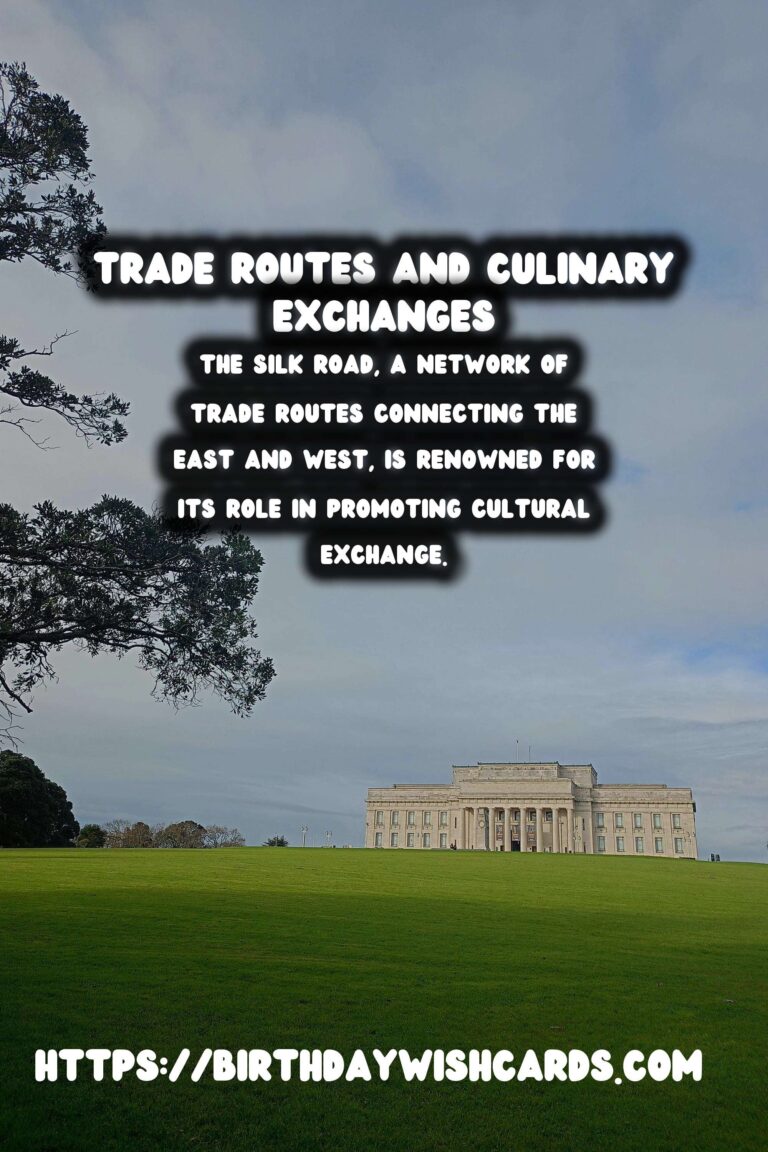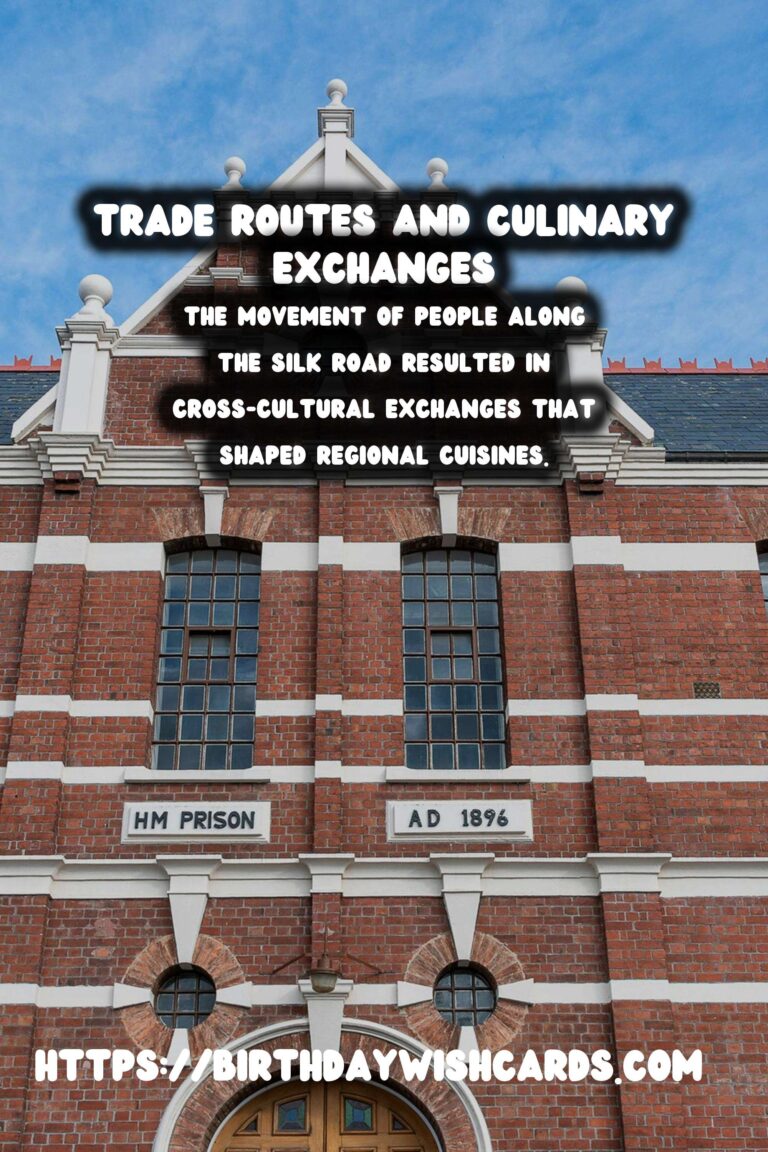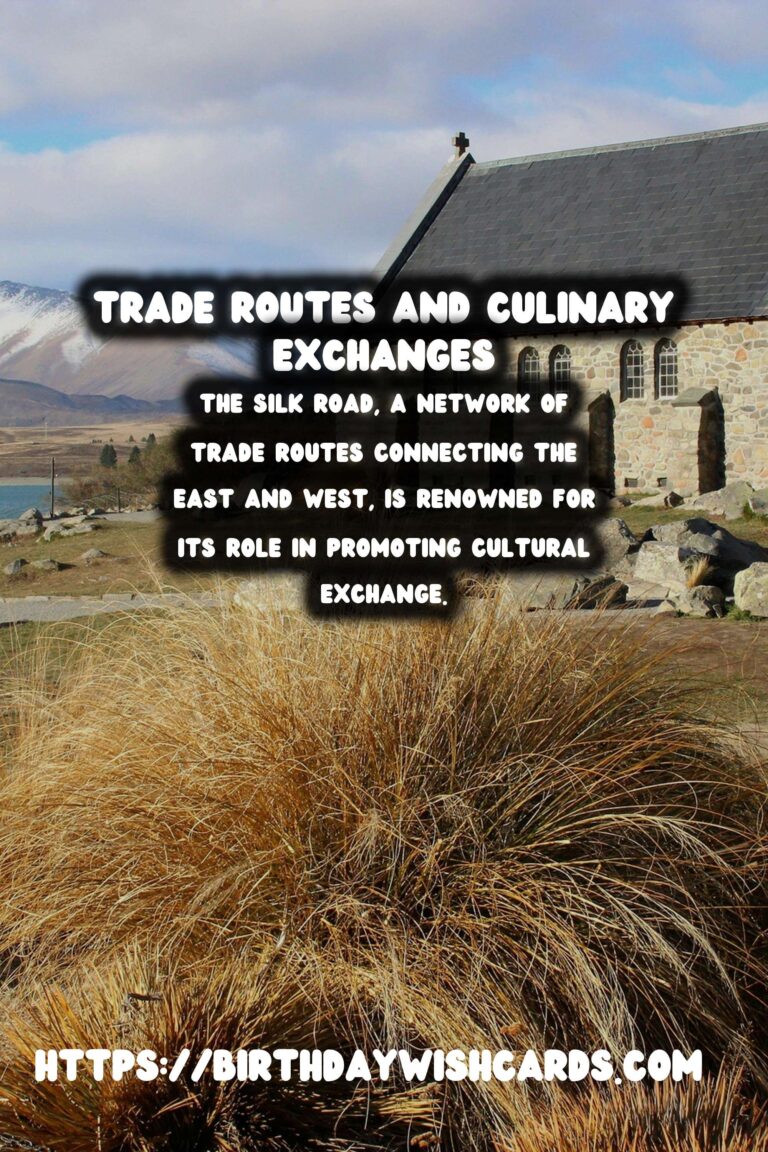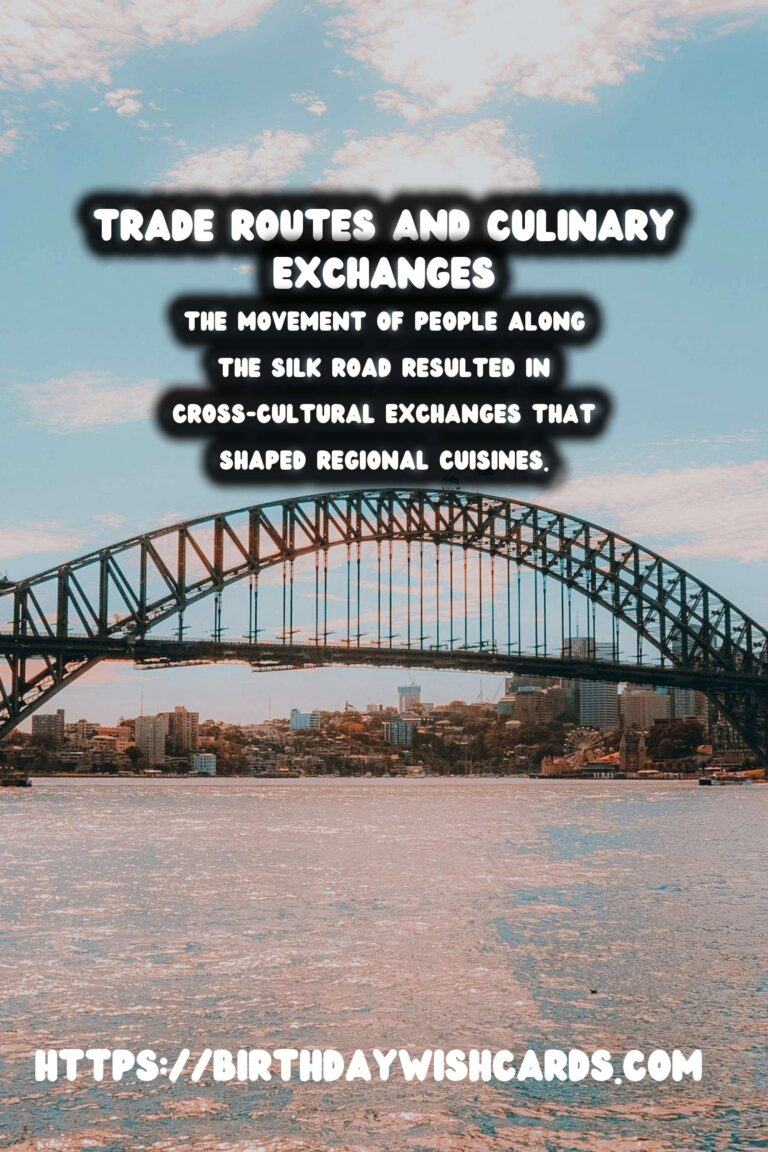
The Silk Road, a network of trade routes connecting the East and West, is renowned for its role in promoting cultural exchange, fostering economic ties, and facilitating the spread of goods and innovations. Among the myriad influences that traveled along these routes, the transfer and evolution of food and culinary practices hold a notable place. The culinary impact of the Silk Road remains significant, as it transformed diets, introduced new foods, and influenced cooking techniques across continents.
The Origins and Expansions of the Silk Road
The Silk Road was not a single path but a network of trade routes established during the Han Dynasty around the 2nd century BCE. These routes extended from China, through Central Asia and Northern India, reaching as far as the Mediterranean, thus bridging diverse cultures. Primarily known for the trade of silk, the routes facilitated a broader exchange of goods, including spices, grains, and culinary knowledge.
The Spread of Grains and Staple Crops
One of the most significant impacts of the Silk Road on food was the introduction and dissemination of various grains and staple crops. Wheat, originated from the Fertile Crescent, spread eastwards and became a staple in China. Conversely, rice made its way to Persia and the Mediterranean regions, where it would become a dietary staple. These exchanges not only altered culinary landscapes but also adapted agricultural practices along these regions.
The Influence of Spices
Spices were among the most valuable commodities traded along the Silk Road. Exotic spices such as cinnamon, ginger, cloves, and nutmeg, originating from the Spice Islands and India, found their way into Middle Eastern and European dishes. This new influx of spices not only introduced flavors and aromas but also influenced food preservation methods and health practices, as spices were often used for their medicinal properties.
Cross-Cultural Culinary Influences
The movement of people along the Silk Road resulted in cross-cultural exchanges that shaped regional cuisines. Central Asian nomads introduced dairy products such as yogurt and cheese into China and the Middle East. Similarly, Chinese techniques of noodle-making traveled westwards, inspiring pasta dishes in Italian cuisine. These culinary interchanges reflect a mutual adaptation and integration of food traditions.
Introduction of Fruits and Vegetables
Fruits and vegetables significantly benefitted from the exchanges on the Silk Road. For instance, the introduction of citrus fruits like oranges and lemons originated from South East Asia and reached the Middle East and Europe. Additionally, ingredients such as spinach, coriander, and garlic spread across continents, enriching diets and culinary diversity.
Impact on Cooking Techniques
Along with ingredients, cooking techniques were shared and refined along the Silk Road. Persian grilling methods influenced Chinese roasting and vice versa. The adoption of fermentation techniques for food preservation, such as pickling and fermenting vegetables, is another example of culinary exchange spurred by the Silk Road’s interactions.
Legacy of the Silk Road in Modern Cuisine
The enduring influence of the Silk Road is evident in modern global cuisine. Dishes like pilaf, which originated from Central Asian cooking, remain popular worldwide, showcasing the enduring legacy of these early exchanges. The integration of spices in everyday cooking continues to reflect the Silk Road’s historical impact on food, emphasizing a shared human experience centered around taste and nutrition.
The Silk Road did not merely facilitate the exchange of goods but opened pathways for cultural dialogues and shared knowledge. Its impact on food is a timeless testament to how trade routes shaped global cuisine, contributing to culinary diversity and innovation.
The Silk Road, a network of trade routes connecting the East and West, is renowned for its role in promoting cultural exchange. The movement of people along the Silk Road resulted in cross-cultural exchanges that shaped regional cuisines. 









#SilkRoad #CulinaryExchange




